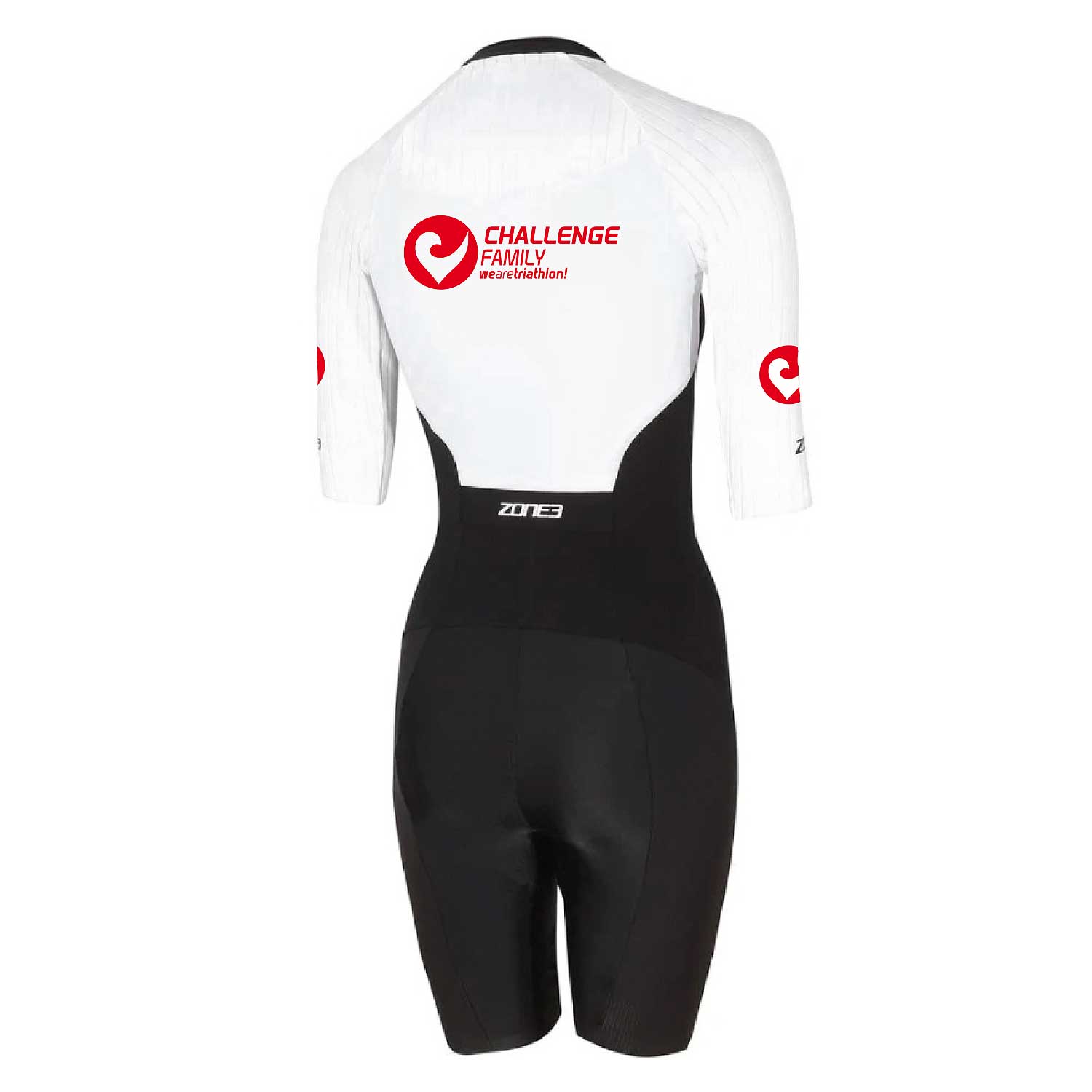Schon vor der Jahrtausendwende kam der erste schlauchlose Reifen für Mountainbikes auf den Markt. Ganz schön lange hat es hingegen gedauert, bis die Technologie auch für Straßenräder verfügbar war. 2012 präsentierte Schwalbe erstmals ein System für Rennräder. Mittlerweile lassen sich auch herkömmliche Felgen umrüsten. Doch ist das Fahren ohne Schlauch wirklich eine Alternative? Wo liegen Vor- und Nachteile? Das lest ihr hier.
Michelin und Mavic präsentierten 1999 den ersten Mountainbike-Reifen, der sich ohne Schlauch fahren ließ. Mittlerweile finden sich immer mehr Off-Road-Radler, die diese Technik nutzen. Merke – 16 Jahre nach Einführung!
Ebenso erstaunlich ist, dass erst 13 Jahre nach dem ersten Tubeless-System für das Mountainbike eine Variante für Rennräder vorgestellt wurde. Dieses Mal hatte Schwalbe die Nase vorne und zog den bewährten „Ultremo“ ohne Schlauch auf die Felge. Die lange Entwicklungsdauer begründete Schwalbe mit der Schwierigkeit, das System auch bei hohem Reifendruck, den das Rennrad erfordert, sicher und haltbar zu machen. Schließlich sollte der Reifen auch bei rund zehn Bar Druck sicher sitzen, sollte die Montage nutzerfreundlich sein und das Gewicht möglichst gering. Schließlich brachte die Verwendung neuer Materialien den Durchbruch.
Skepsis bei Kunden
Doch warum finden sich selbst bei Innovations- und Technikbegeisterten (Renn-)Radfahrern und Triathleten nach wie vor kaum Nutzer der Tubeless-Technologie? Versprechen Hersteller doch Vorteile bei Komfort, Rollwiderstand und Pannenschutz – wichtige Faktoren für Straßenradfahrer!
Vielleicht, weil der Montageprozess nach wie vor etwas aufwändiger ist als mit herkömmlicher Methode. Nicht nur braucht es für perfekte Performance eine spezielle, tubeless-fähige Felge. Auch muss die Reifen-Seite zunächst mit Montagefluid bestrichen werden, das Aufziehen erfordert Vorsicht und Fingerspitzengefühl, zum Aufpumpen braucht es eine gute, starke Luftpumpe und schließlich noch Pannenmilch, die zum Schutz vor kleineren Löchern in den Reifen gefüllt wird.
Manchmal wird gerade das erste Aufpumpen zur Geduldsprobe und man muss sich mit einer CO2 Kartusche, oder einem Kompressor behelfen, um einen ausreichend hohen Luftdruck zu erhalten.
Conversion – Schlauchlos auf herkömmlichen Felgen
Wer nun nicht extra einen neuen Satz Felgen anschaffen möchte, der hat die Möglichkeit seine herkömmlichen Felgen auf einen Tubeless-Einsatz vorzubereiten. Dazu werden die Laufräder mit speziellen Felgenbändern luftdicht gemacht und spezielle Ventile eingesetzt.
Dabei ist das Umrüst-Set durchaus günstig zu haben und kostet 14,90 Euro für das Felgenband und 19,90 Euro für das Ventil-Set.
Vorsicht: Auch hier schränken Hersteller die Verwendung auf solche Felgen ein, die für eine Tubeless-Conversion freigegeben sind.
Die Vorteile
Sitzt der Reifen ersteinmal, weiß man die Vorteile durchaus zu schätzen: die Reifen gelten als schnell, denn die Reibung zwischen Reifen und Schlauch entfällt, was einen geringeren Rollwiderstand zur Folge hat. Gleichzeitig ist der Fahrkomfort besonders gut. Denn Tubeless-Reifen können mit geringerem Luftdruck gefahren werden – besonders auf ruppigem Untergrund angenehm. Und sicher noch dazu. Denn die größere Auflagefläche ermöglicht besseren Bodenkontakt. Auch in Sachen Pannenschutz erweist sich die schlauchlose Variante als zuverlässig: Plötzlichen Luftverlust durch Schlauchplatzer oder „Snakebites“, also Durchschläge bei denen der Reifen zwischen Mantel und Felge eingeklemmt wird und zwei kleine Löcher erhält, sind ausgeschlossen. Kleinere Löcher im Mantel verschließt die Pannenflüssigkeit zuverlässig.
Und wenn man doch einmal eine Panne hat? Dann zieht man einfach einen normalen Schlauch ein, der in der Satteltasche nach wie vor dabei sein sollte. Gut tut man daran dort auch Einmalhandschuhe zu verstauen – die klebrige Pannenflüssigkeit macht eine echte Panne, nämlich zum noch größeren Ärgernis.
Das sagt der Bike Profi
Wir haben Christoph Schwerdt zum Thema Tubeless befragt. Der Ex-Profi-Radfahrer betreibt in Nürnberg das Radgeschäft „Radsport Duschl“ und den triathlon.de Shop.
Hallo Christoph! Bist du auf dem Rennrad schlauchlos glücklich, oder setzt du nach wie vor auf Bewährtes?
Hallo Christine! Ich habe schlauchlose Reifen sowohl am Mountainbike als auch am Rennrad ausprobiert und sie bieten durchaus beeindruckende Fahreigenschaften… umgerüstet habe ich aber noch nicht, ich bin da noch ganz klassisch auf Schlauchreifen unterwegs.
Warum setzen sich Schlauchlos Systeme sowohl auf dem Mountainbike als auch nun im Rennradbereich nur schwer durch?
Ich glaube, das hat mehrere Gründe. Zunächst ist der Vorteil einfach für die meisten nicht „spürbar“, es gibt da diese „für mich lohnt sich das nicht, ich merk das eh nicht“- Mentalität. Dann kommt dazu, dass man ja trotz des besseren Pannenschutzes für den Fall der Fälle trotzdem einen Ersatzschlauch mitnehmen muss – mehr Platz im Trikot bekommt man also auch nicht. Und die Montage ist eben nicht ganz einfach – und eine ziemliche Sauerei, wenn es nicht auf Anhieb klappt. Im Rennradbereich sehe ich die Problematik vor allem bei den Laufrädern: Wen die Vorteile von tubeless reizen, der will auch den Vorteil leichter, schneller Carbonlaufräder genießen. Und diese sicher und unbedenklich mit Drahtreifen zu kombinieren, ist bisher (auch wenn immer wieder anderes behauptet wird) kaum einem Hersteller geglückt, weshalb hier für mich nach wie vor Carbonfelgen mit geklebten Schlauchreifen kombiniert werden sollten. Unterm Strich passt also wohl das subjektiv empfundene Aufwand-Nutzen Verhältnis noch nicht.
Ich möchte mir keine neuen Felgen anschaffen. Ist eine Tubeless-Conversion eine gute Alternative?
Das sicherlich. Wer tubeless einfach mal ausprobieren will, für den bietet das eine gute Möglichkeit, die Investitionen ersteinmal überschaubar zu halten. Die gängigen Felgenbänder (Stan’s, Schwalbe, etc.) am Markt funktionieren zuverlässig und die Montage ist kaum aufwendiger als mit tubeless-Laufrädern.
Welches Material empfiehlst du Kunden, die ihren Renner auf Tubeless umrüsten möchten?
Nachdem Schwalbe den wohl derzeit besten Reifen anbietet, würde ich auch gleich auf deren Zubehör zurückgreifen, da kann man sicher sein, dass alle Materialien sich vertragen. Mein persönlicher Favorit bei den Dichtmitteln ist das Conti Tyre Sealant. Damit (aber auch mit den meisten anderen Mitteln) kann man zudem gut herkömmliche Schläuche und Schlauchreifen vorbeugend gegen Defekte schützen.




















